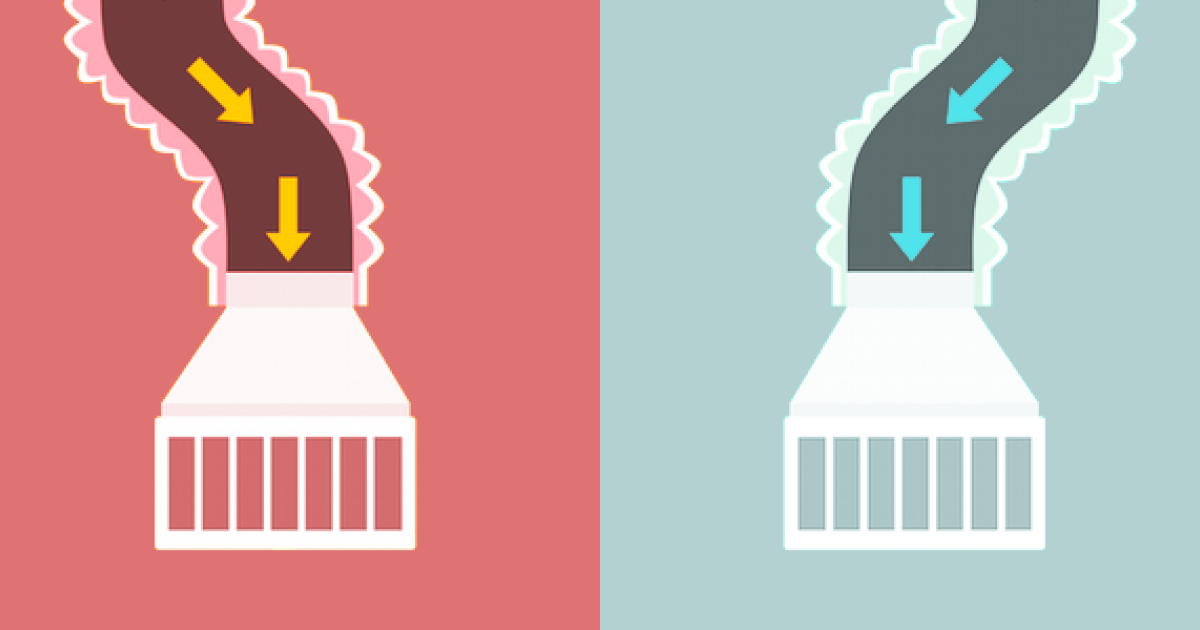Should You Retrofit Your Current Air System with Zoning Capabilities?
Although some air systems are already pre-set for zoning (the ability to adjust the climate of individual rooms), others are not. If your current air system does not have zoning capabilities, it can be retrofitted. But are zoned systems all they’re cracked up to be?
Zoning can be fraught with problems if not handled correctly. With installation issues, inefficiency, and price, there are quite a few factors to consider before you make the choice to retrofit your current air system. Here we’ll discuss zoning, the issues that zoning can cause, and how to ensure your retrofitting is a solution, and not a problem.
What is Zoning?
Without zoning, when the heat or the air conditioning goes on in the house, an equal amount is distributed everywhere. This means that if you work in one room of the house, you must keep every other room in the house at the same temperature as that room in order for you to be comfortable. With zoning, you can control different areas of the home at different temperatures. This means that you can keep your unused rooms at a neutral temperature during the day and save money by doing so. You can also heat and cool different rooms in the house to suit different family members at different times.
Just like we zone our lights and our faucets (when you turn one on, you don’t turn them all on at the same time all over the house) we can zone our heating and air conditioning and therefore vastly improve our energy efficiency. Theoretically, that is.
What Problems Can Zoning Cause?
Improper Installation Can Be Costly. If you have more than one thermostat in your home, it is already somewhat zoned. For example, a two-story home may have a thermostat for each floor. But it is not truly zoned if each thermostat is connected to its own heating and cooling system. Zoning, in the true sense of the word, is a single duct system controlled by multiple thermostats. Dampers in the HVAC system control which zones the air flow is shunted off to heat or cool. But improper installation or unregulated dampers can put strain on the system and cause pressure differences throughout the system. Proper installation requires thorough design and airflow that is carefully matched to the home.
Bypass Ducts Can Cause Inefficiencies. Studies have shown that although increased comfort can be achieved through a bypass system, they can also increase energy consumption, lead to high duct pressures, and increase energy costs. Because adding zoning to a single thermostat means that some zoned rooms are being heated or cooled at a greater distance from the system, this can require a greater use of energy and varying air pressures in order to condition different zones at comfortable temperatures.
How Can You Ensure Zoning Is Done Correctly?
Installing additional HVAC systems for different areas of the home can be expensive, but bypass zoning can also cost a homeowner if it’s improperly installed. A well-trained professional with an eye for proper HVAC design can help you install a system that—when used properly—can keep pressure consistent, keep your system from running down prematurely, keep your costs low, and keep your home comfortable.
For example, an educated professional can install either a barometric bypass or a static-pressure-sensing bypass. Both of these options relieve the amount of back-pressure needed to balance the system and reduce strain. This keeps all of the ductwork at a constant pressure, protecting your equipment and reducing unnecessary energy expenditure. Also, by installing high and low pressure limits, you can protect your equipment and keep your HVAC system running smoothly.
If you live in the San Diego area and are considering having a zoned system installed or your current system retrofitted, give us a call for a consultation. We can help ensure your investment is well-spent and that your home’s energy-efficiency doesn’t suffer.

Bob Jenson
For over 45 years, Bob Jenson has been providing quality heating and air services to the San Diego community.
Request Service
Please fill out the form below to request an estimate or schedule service.
"*" indicates required fields







